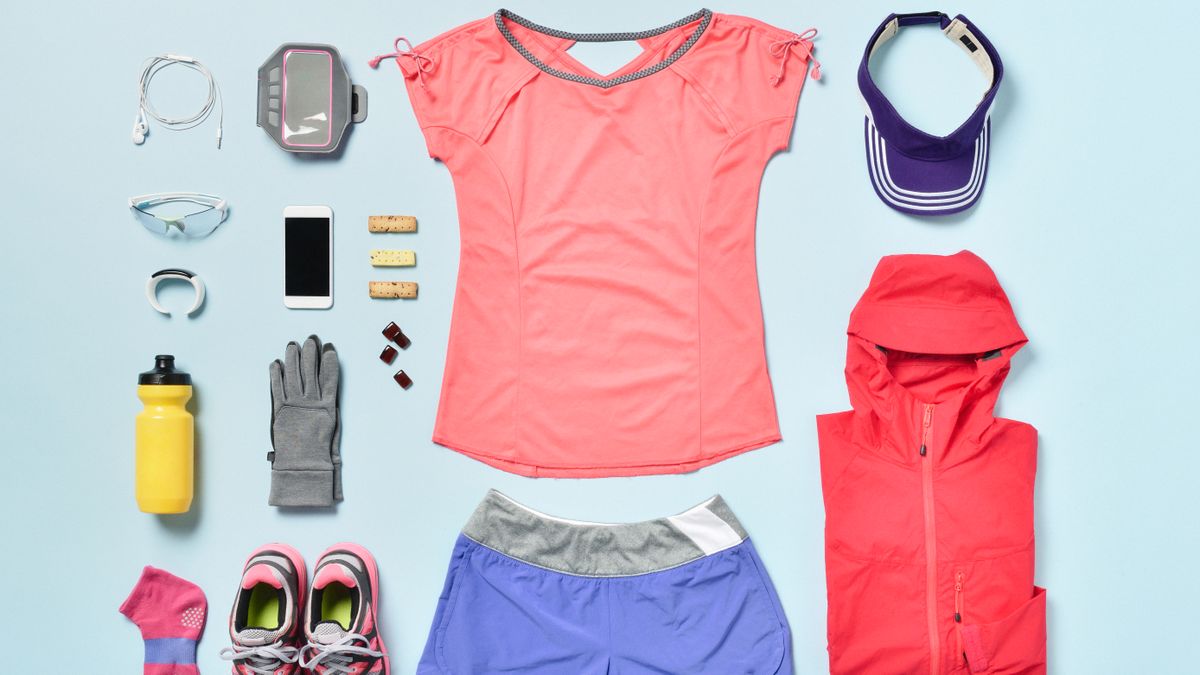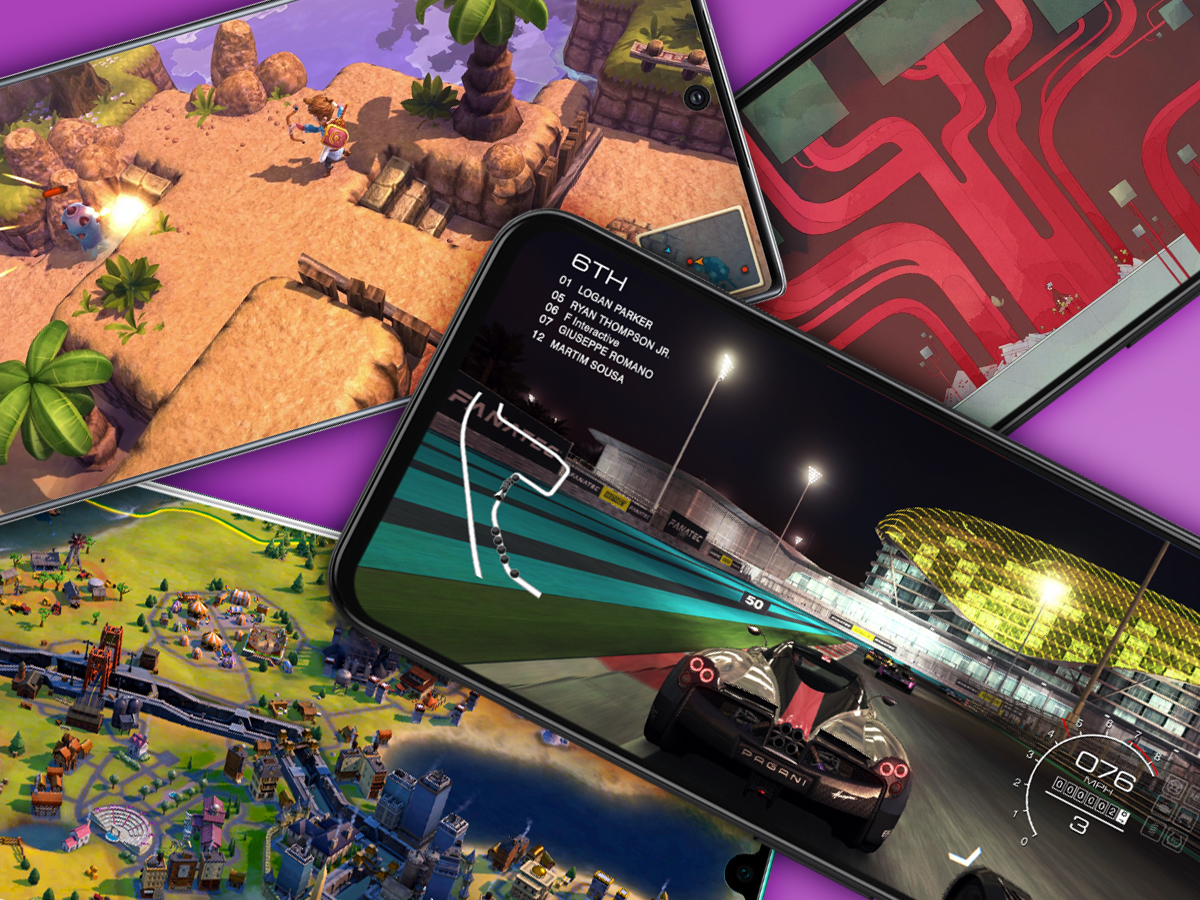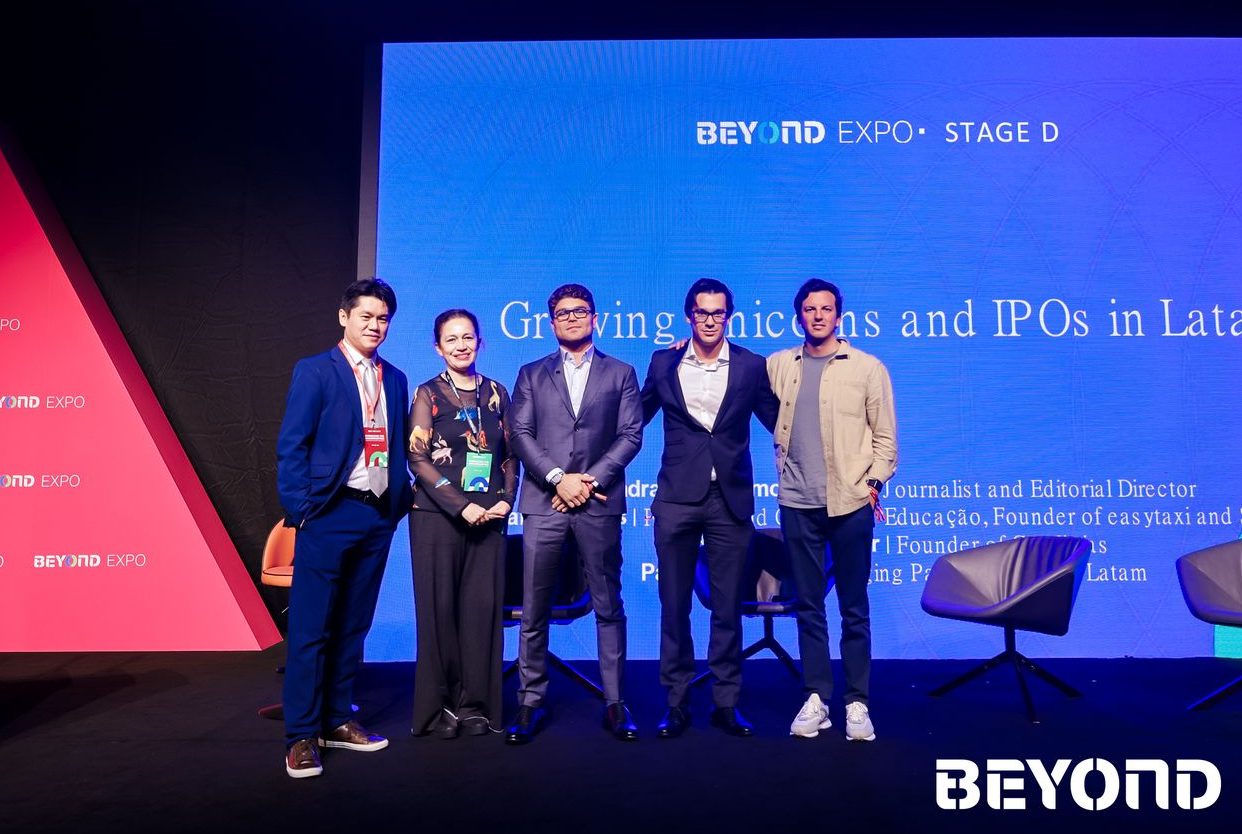In 2023, Target, a general merchandise retailer, was mentioned by approximately 21,000 influencers on TikTok, up from 11,200 in 2022. According to Traackr, Sephora’s mentions also peaked at 154,000 in 2024, with a significant portion coming from beauty influencers.
Year-on-year, companies are refunneling their efforts and capital to influencer marketing. And that’s because consumers are more likely than ever to trust recommended products from their favorite influencers than HD promotional videos from the brand itself.
With influencer marketing proving more effective than traditional strategies, 2025 is set to bring significant changes to influencer-brand partnerships. Let’s see what these experts say about them.
AI-Powered Influencer Matching
Peter Čuček, Owner at Tuuli, says, “Traditionally, brands look for influencers through manual social media, influencer marketing brands, internet engines like Google and Bing, and through events and networking. This approach is bogus, and often, you either have to go for the more popular influencer that pops on your screen or make not-so-accurate guesses through public influencer directories.”
That narrative is changing fast as technology improves. Beyond bolstering customer service and automating content strategies, you can now use AI to benchmark your company’s data against available influencer directories in seconds.
Socialbook
New AI-powered matching tools can help generate a roundup of an influencer’s previous performance or enable manual filtering based on influencer popularity, channel availability, cost, and credibility to streamline your decisions. This, in turn, eliminates errors that could accompany manual matchmaking and reduces the time it takes to execute your campaigns.
Given how 54.8% of marketers see AI favorably for influencer marketing, this trend is going to see more adoption in 2025.
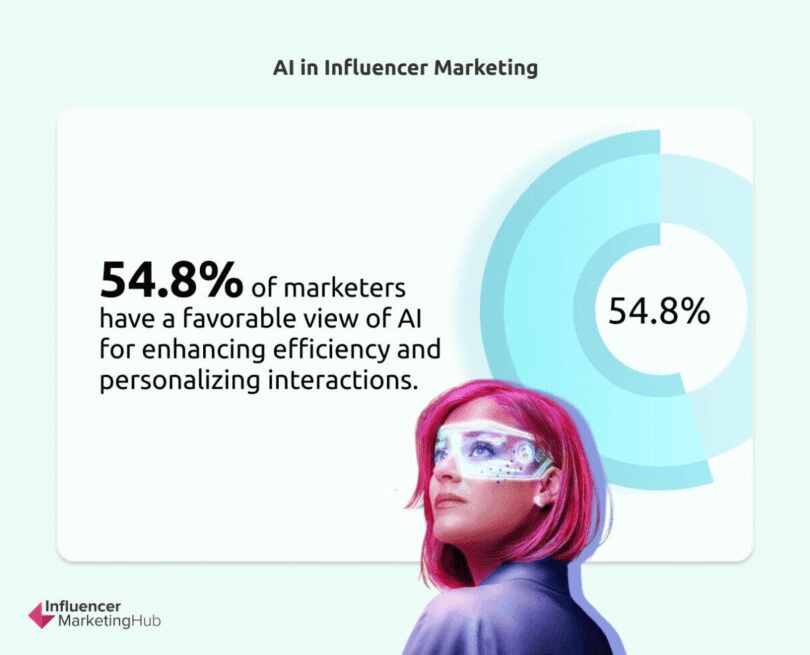
Influencer Marketing Hub
Performance-Based Compensation
On paper, nano- and micro-influencers charge about $25 to $125 per post. Mid-tier influencers with about 500,000 followers charge approximately $1200. Macro-influencers charge around $2500. Mega-influencers charge even more, often peaking at $5000 to $10,000 per post.
It varies slightly by platform. On Instagram, macro influencers can cost as much as $10,000, whereas megas cost even more.
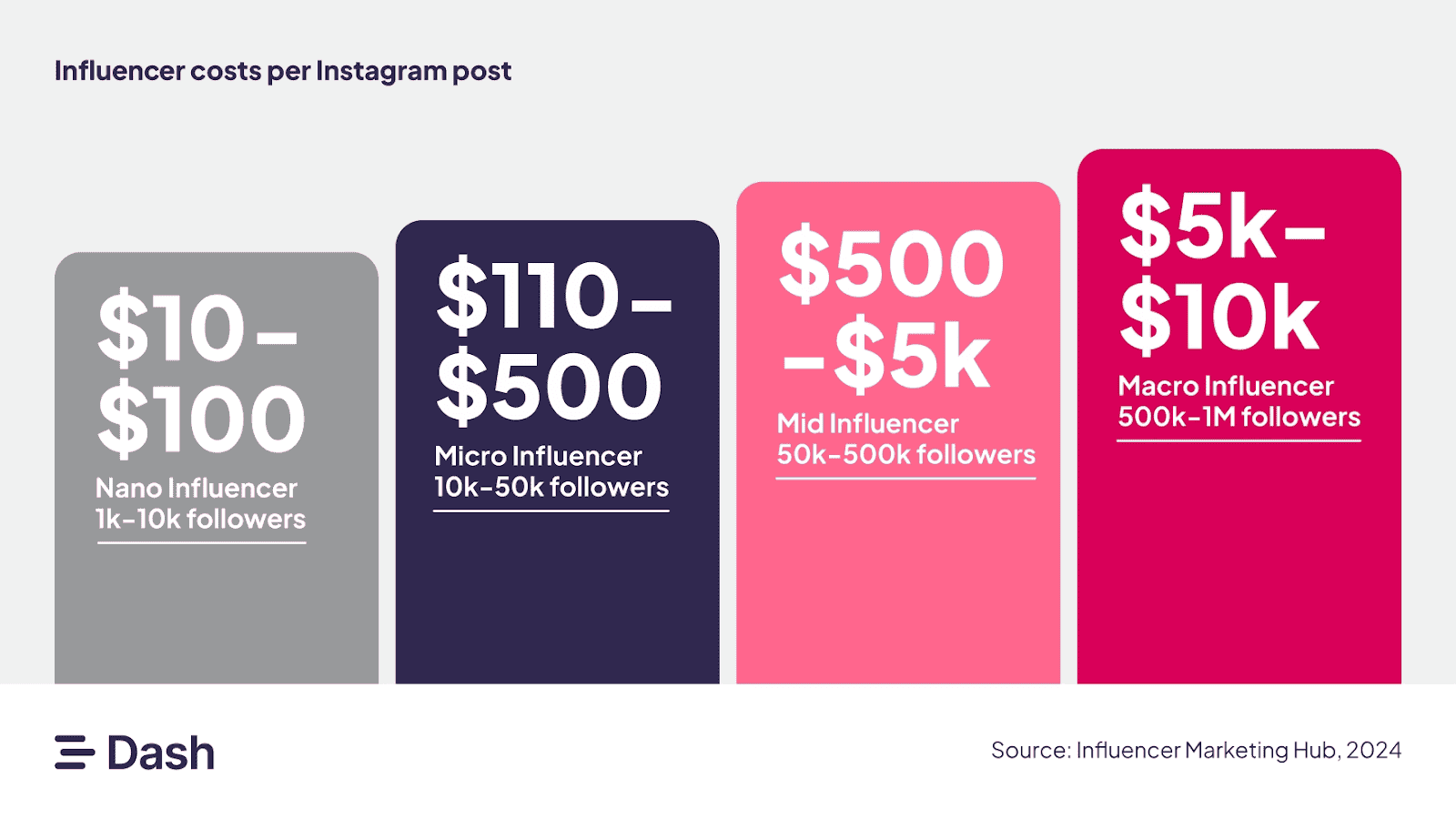
Source
These costs remain fixed per post, regardless of the return on investment. This means brands could spend thousands of dollars without seeing tangible results, which would be a win for influencers but a potential loss for the businesses funding these campaigns.
To address this, brands are increasingly adopting performance-based compensation models similar to pay-per-usage subscriptions. Instead of paying per post, businesses now compensate influencers based on actual results.
“For this strategy to be effective, defining the right performance metrics is crucial. Key Performance Indicators (KPIs) might include video views, engagement rates (comments and shares), or direct conversions from each campaign. Other important metrics include cost per click (CPC), cost per sale (CPS), and cost per lead (CPL), ensuring brands pay for real impact rather than just exposure”, Tomas Melian, SVP of Marketing at MyHealthTeam, mentions.
Rise of Micro and Nano Influencers
Brands have always prioritized celebrity influencers over smaller, niche creators. This is largely due to the massive reach of influencers like Khaby Lame, who, with over 81 million Instagram followers and 162 million on TikTok, could significantly boost brand visibility. Additionally, audiences often place greater trust in endorsements from widely recognized figures.
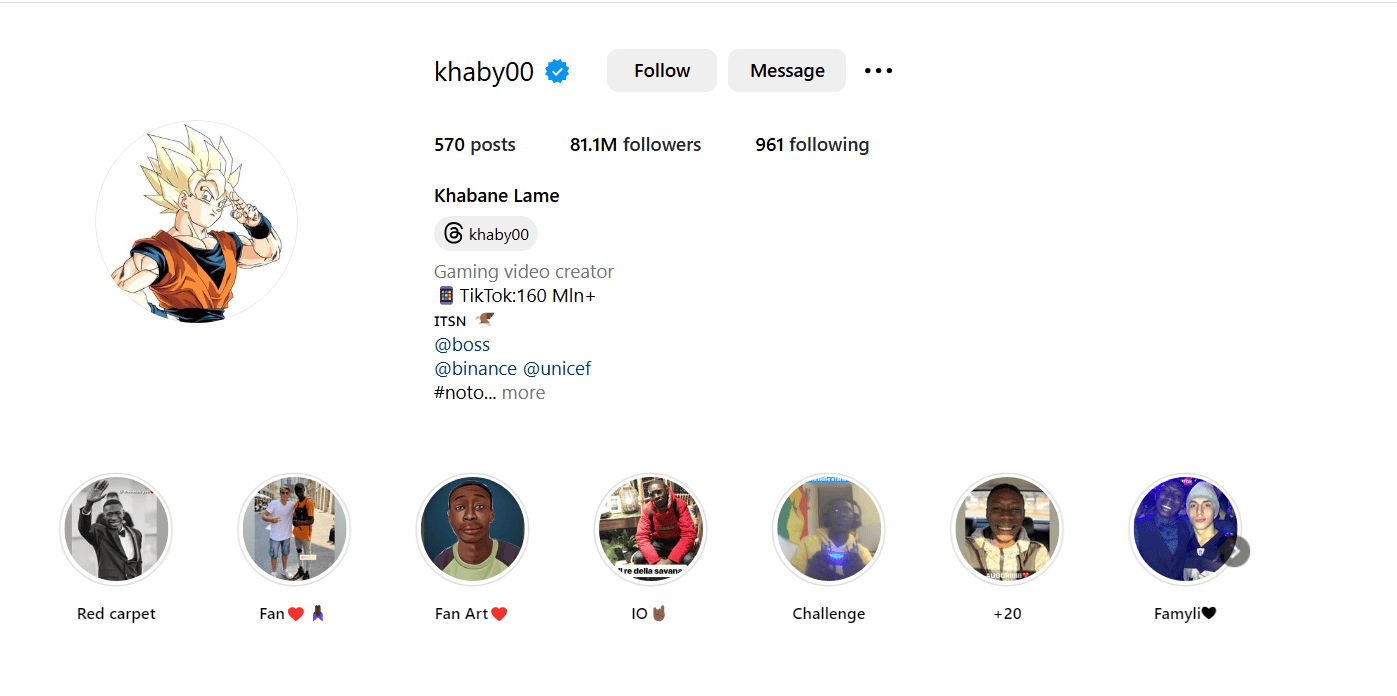
Khaby Lame on Instagram
But that might be seeing a change already. Today, endorsements from celebrities and mega influencers often come across as overly promotional rather than authentic. While their massive reach remains an advantage, their audiences are too broad and diverse, making it challenging to tailor campaigns to individual follower interests.
Also, paying $2500 or more per post may not be within most brands’ budgets, especially when running dozens or even hundreds of campaigns annually.
In contrast, Fineas Tatar, Co-CEO at Viva, says, “nano- and micro-influencers, with their smaller but highly engaged audiences, allow for more targeted campaigns and higher conversion rates. They are also more cost-effective, enabling brands to collaborate with multiple influencers for the same price as a single post from a mega-influencer.”
According to Linqua’s State of Marketing report, 71% of marketers say micro-influencers are at the top of their ideal influencer choice, and this will continue to grow in 2025. At the same time, Nano-influencers make up 65% of influencers on Instagram, and micro-influencers enjoy a 7% engagement rate compared to the 0.98% of macro-influencers.
Influencers Will Become Part Of Product Development
As part of a push for long-term collaborations, influencers will become a core part of a brand’s product development. Why? 62% of frequent buyers who leverage recommendations from creators return to give feedback after using the product.
These feedbacks, if gotten, are useful for product refinement and upgrades. A continuous cycle of influencer recommendation, constant feedback, and consequent improvement helps you develop the go-to-market product for your audience.
Influencer-Owned Brand Stocks and Equity Deals
Remember we said brands are looking to embrace performance-based compensation? Well, influencers are also looking to diversify their compensation from cash into something much more valuable—brand equity deals.
Equity deals are ownership stakes gotten in the companies influencers promote instead of or in addition to upfront cash payments. Depending on the contract, influencers can also negotiate to buy brand stocks with their compensation and earn a seat at the top or become involved in the company’s decision-making.
Kyran Schmidt, Co-Founder at Outverse, says, “This approach enhances long-term brand collaboration, involves the influencer more actively in promoting the company, and ultimately benefits customers. Additionally, influencers who have a vested interest in a brand are more likely to advocate for better customer support, providing a higher quality experience and stronger brand loyalty.”
Preference for Influencer Content Over Brand Content
69% trust influencers’ recommendations about a product rather than content from the brand itself. That has always been a longstanding preference, but it’s going to pick up more pace in 2025. 63% also say they’re more likely to buy a product recommended by the influencer they trust.
“In that case, brands with limited budgets don’t need to break the bank on mega-influencers. Simply find a few, nano or micro, that connect best with your audience and leverage their relevance to your niche”, Raihan Masroor, Founder & CEO at Your Doctors Online, adds.
Just so you know, influencer marketing gives a $5.78 ROI for every $1 spent. While it’s not in double digits as email marketing ROI, prioritizing it just as well as other channels can boost your overall revenue significantly.
Authenticity and Long-Term Collaborations
Peter O’Callaghan, Head of Marketing at ScrapingBee, says, “The mainstream brand-influencer relationship is usually short-lived, with either a one-off or a couple of campaigns. However, as consumers strive for more authentic recommendations, brands will also push for more beneficial, long-term influencer partnerships.
Long-term collaborations help build rapport and give influencers enough time to familiarize themselves with your brand. The longer they interact with your product, the more naturally they can promote it.
Video-First Promotions
According to 50% of marketers, TikTok has silently topped the engagement pyramid not because its number of users is the highest but because it offers the best ROI on short-form video content.
Short-form videos, such as behind-the-scenes content and product unboxings, help consumers connect with brands on a deeper level by showcasing authenticity and real-world usage. So, it’s no wonder that a growing number of marketers, about 58%, use them as their main video format.
While video-first is not a newly invented wheel, it’ll become a focus for influencer campaigns in 2025, where product demonstrations and real-life applications take precedence over static images and text-based promotions.
A Shift To In-Person Influencer Events And Live-Streams
Gary Hemming, Owner & Finance Director at ABC Finance, believes, “Digital influencing is not dying out anytime soon, but in-person events could gain more precedence in 2025. Brands are beginning to host physical events with product launches and activations where influencers can interact with their product in real-time.”
“Imagine coming across a video of your favorite influencer interacting with Tesla’s Optimus at a tech conference and seeing a caption like ‘Awesome builds’ or whatever else that sounds nice. A few weeks later, you see another video from the same influencer unboxing his own Optimus robot and recommending you get one. This has a greater impact and tendency for more reach and looks less promotional but experience-filled”, he continues.
Another thing that will hold a baton in 2025 is live-streaming influencer marketing. Traditional influencing involves dropping a prerecorded unboxing or behind-the-scene video of a brand’s product. But what if you could do all of those live, take questions, and even engage viewers in real-time?
The global live-streaming value stood at $104.9 billion in 2024 and is projected to reach $712.9 billion by 2033. That’s a testament to its rapid adoption, especially on leading influencer platforms such as TikTok and Instagram.
Tips For Successful Influencer-Brand Partnership
The influencer marketing industry is changing, and adapting is vital to gaining an edge over your competitors. Let’s quickly highlight some tips to maximize profits despite the shift.
Choose influencers relevant to your niche
There are millions of influencers on the internet, some having an exciting reach that might trick you into thinking they are the best for your business. But the truth is, the best influencer for your brand is not the one with the most followers—mega-influencers— except you have a largely inexhaustible budget, and your overall goal is to build awareness only. For the latter, you could alternatively just use paid social media marketing ads to save on costs.
Your choice of influencer must correlate with your audience and their needs. For instance, Sephora, a beauty brand, partnered with Monica Ravichandran, a beauty creator whose audience is primarily interested in improving their appearance.
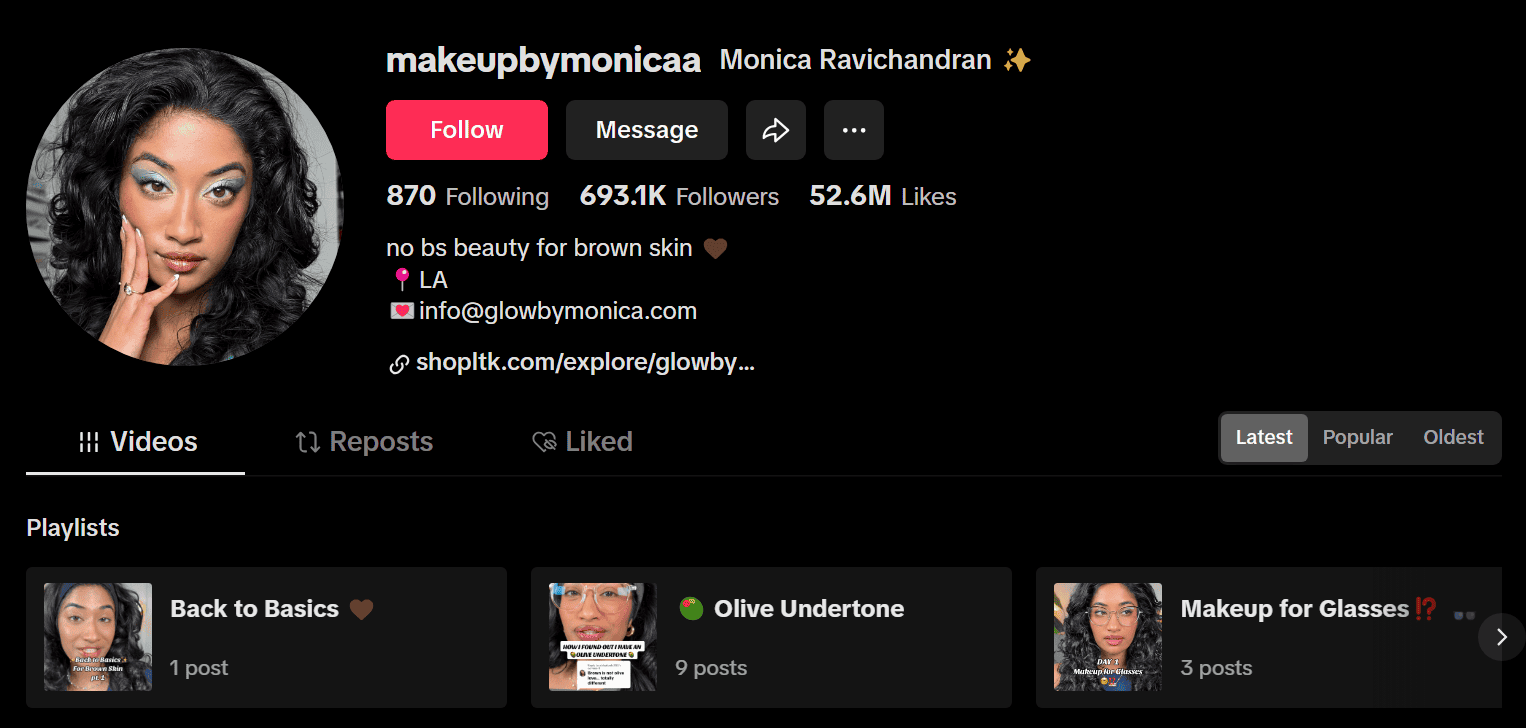
Monica on Tiktok
It’s also important to consider cost per engagement, internet reputation, and audience trust when making your decision. Look out for creators who provide honest reviews and have landed a soft spot for authenticity over promotionalism.
Give Creative Freedom
It’s a good and common practice to guardrail your creators’ campaigns since a single mistake could mar or make your brand’s reputation. However, that’s not always healthy, especially if the guardrails are too tight.
Influencers know their followers better than you, even though they’re also largely your audience. So, asking them to follow a laundry list of preset rules stifles creativity and makes your campaigns look more promotional than a good-thought recommendation.
To avoid that, ensure your creators have a significant level of input in each campaign. Preferably, they should be involved throughout the campaign setup and execution. Don’t just drop a prerecorded video or bombard them with tons of keywords to articulate while featuring your product.
Let them be fully involved—from dropping inputs to creating the videos themselves and choosing appropriate words to use. Of course, you should always review each campaign before it goes live and request a revision if it does not align with your goals or could damage your reputation.
Create and Leverage Influencer Squads
Brands typically collaborate with individual influencers and run isolated campaigns. However, Sephora is moving away from this approach. In 2023, the company launched an ambassador program that attracted over 16,000 applicants, with selected influencers joining Sephora’s exclusive influencer squad.
Notably, the squad primarily consists of micro and mid-tier influencers—a strategy that has proven highly effective. This shift has helped Sephora maintain its position as a leader in the beauty industry, consistently achieving top visibility and reach.
“You can also apply the same strategy by creating a squad. If you’re running a small business with a limited budget, you may need to start with multiple nano- and micro-influencers. Businesses with good capital, such as Sephora, can go for a mix of micro- and mid-tier creators. Let them work on the same campaign at a time to create a resonating brand presence across different audience segments”, Joel Popoff, CEO at Axwell Wallet, advises.
Prioritize Engagement, not Reach
While reach is essential for boosting presence online, it doesn’t necessarily give you the sales you need. So, you could get your campaigns live on a mega-influencer’s platform and gain millions of impressions, but if their audience isn’t genuinely interested in your product, conversions may remain low.
Alternatively, focus on engagement and relevance through micro- and mid-tier influencers. These creators often have a more niche and loyal audience, thus making their recommendations more impactful and trustworthy.
Also, the smaller the audience is, the easier it is to create highly targeted or personalized campaigns and engage each follower. This drives more meaningful interactions and higher conversion rates.
Wrapping Up
Influencer-brand partnerships have gone beyond hooking a creator with brand-curated content to publish. Influencers want to be as involved as any other party in your campaigns beyond just posting. And it starts with granting them creative freedom.
More shifts, such as AI-influencer matching and video-first campaigns, will also take precedence. There will also be a growing trend for in-person influencer events, calls for equity deals as compensation over cash upfronts by influencers, and a push for performance-based compensation by brands.
Also, expect a surge in nano- and micro-influencers. You can integrate these creators into a squad earlier on and use them to boost your ROI. Overall, stay ahead of the race.



